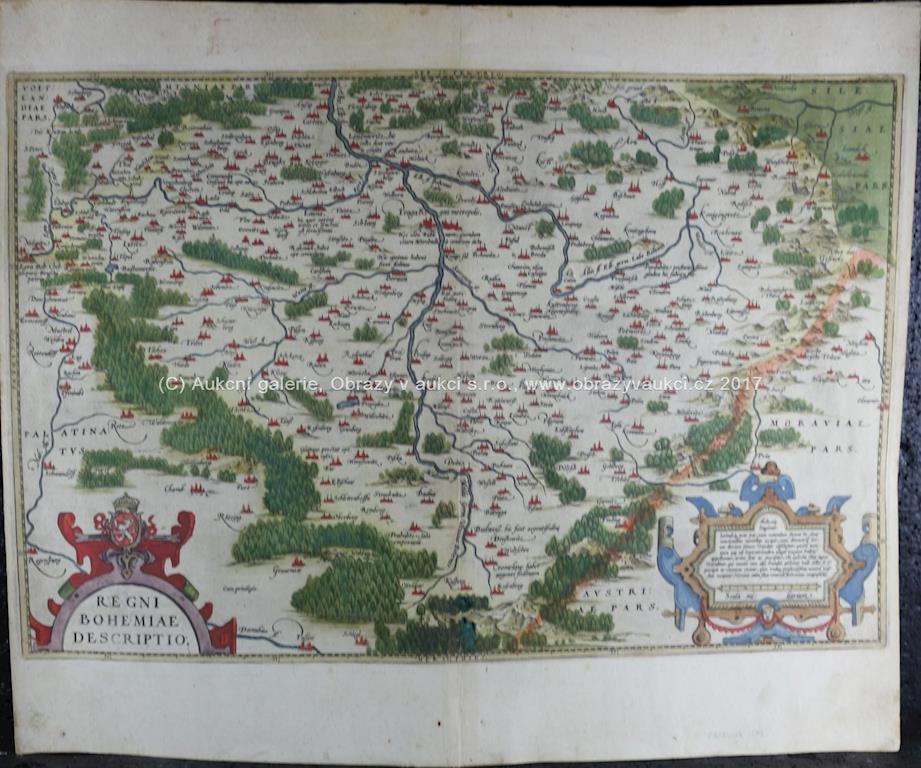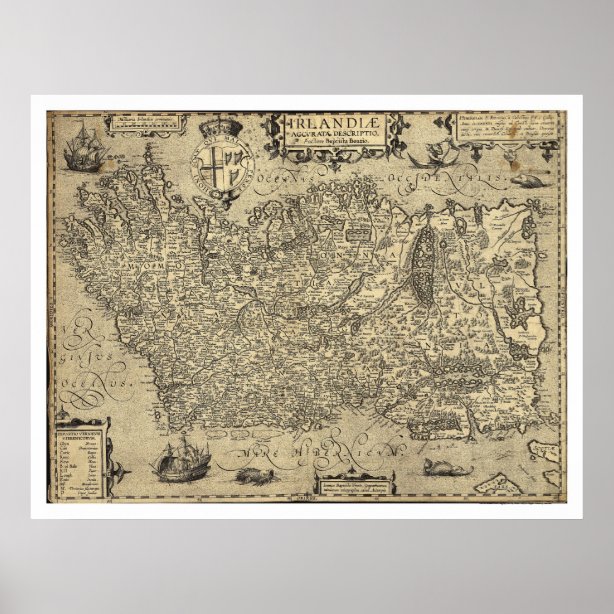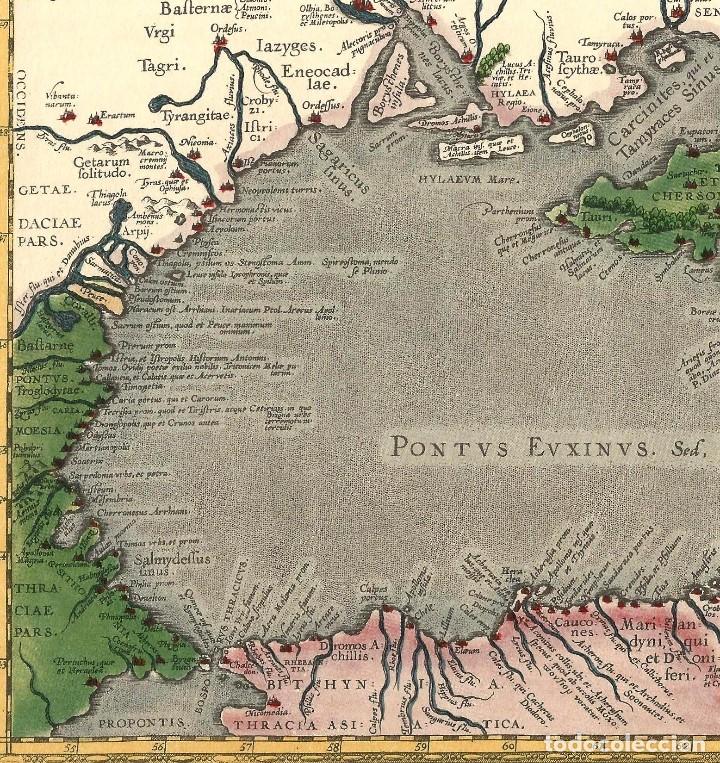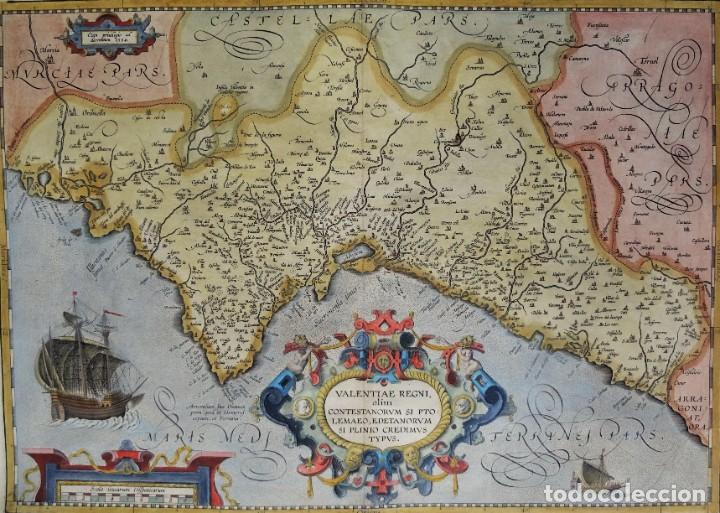
Valuable journal of record as well as scholarship.
MAPA ORTELIUS FULL
Has contained a full complement of scholarly aids in the form of book reviews,īibliography, and chronicles, all of which have made Imago Mundi a

Illustrated (recent volumes have included color plates). All articles represent original research, are refereed, and are well A multi-disciplinary approach was adopted Mundi publishes exclusively in English with foreign language abstracts ThereafterĮnglish was used with, very occasionally, French. From 1975 to 2003 publication was regular. It was founded in Berlin in 1935 by the Russian émigré Leoīagrow as an annual publication, although only five volumes appeared betweenġ9. Imago Mundi is the only English-language scholarly periodical devotedĮxclusively to the history of pre-modern maps, mapping, and map-related ideasįrom anywhere in the world. It is concluded that Ortelius was not a geographer in the same way Ptolemy was, and that Ortelius was using geography as a philosopher and his world map as an illustration of his moral and religious thinking. The map is contradictory, however for Ortelius's accurate and up-to-date presentation of the physical world is qualified by a verbal statement that the world is 'nothing', a mere pinpoint in the immensity of the universe. As in emblems, the words on Ortelius's map are not there to explain or to comment on what is seen but to give the image meaning the purpose of the map is to invite contemplation of God's world. Attention is drawn to the content of the texts on the map, to Ortelius's notion of geography as the eye of history, and to the importance in the Renaissance of the emblem as a conceit, or device, in the system of acquisition and transmission of knowledge. In this paper, the map of the world, which (as in Ptolemy's Geography) opens Ortelius's Theatrum, is analysed to show how Ortelius's concept of space was very different from Ptolemy's. Over thirty editions of this Epitome were published in different languages.Although the close association of word and image in medieval cartography is widely acknowledged, the significance of the relationship after the rediscovery of Ptolemy's Geography and throughout the Renaissance has been overlooked, despite Abraham Ortelius's choice of the term 'Reader' for users of the Theatrum orbis terrarum (1570). In 1577, engraver Philip Galle and poet-translator Pieter Heyns published the first pocket-sized edition of the Theatrum, the Epitome. The number of map sheets grew from 53 in 1570 to 167 in 1612 in the last edition. Editions had been published in Dutch, German, French, Spanish, English, and Italian. Some 24 editions appeared during Ortelius's lifetime and another ten after his death in 1598.

Nothing was like it until Mercator's atlas appeared twenty-five years later. The importance of the Theatrum Orbis Terrarum for geographical knowledge in the last quarter of the sixteenth century is difficult to overemphasize. The Parergon can be called a truly original work of Ortelius, who drew the maps based on his research. Later editions included Additamenta (additions), resulting in Ortelius' historical atlas, the Parergon, mostly bound together with the atlas. This first edition contained seventy maps on fifty-three sheets. It was one of the most expensive books ever published. He completed the atlas in 1569, and in May of 1570, the Theatrum was available for sale. In 1568 the production of individual maps for his atlas Theatrum Orbis Terrarum was already in full swing.

in the first edition of Abraham Ortelius Theatrum Orbis Terrarum, the first modern atlas of the world. In 1565 he published a map of Egypt and a map of the Holy Land, a large map of Asia followed. Amrica del Norte - Geografa histrica - Mapas. The inspiration for this map may well have been Gastaldi's large world map. In 1564 he published his first map, a large and ambitious world wall map. Abraham Ortelius (Flemish 1527-1598), Peruviae Auriferae Regionis Typus with La.

In addition, he travelled a lot and visited Italy and France, made contacts everywhere with scholars and editors, and maintained an extensive correspondence with them. Mariano Felipe Paz Soldan (1821-1886) Mapa General del Peru from Atlas. Luke as an "illuminator of maps." Besides colouring maps, Ortelius was a dealer in antiques, coins, maps, and books, with the book and map trade gradually becoming his primary occupation.īusiness went well because his means permitted him to start an extensive collection of medals, coins, antiques, and a library of many volumes. He learned Latin and studied Greek and mathematics.Ībraham and his sisters Anne and Elizabeth took up map colouring. The maker of the 'first atlas', the Theatrum Orbis Terrarum (1570), was born on 4 April 1527 into an old Antwerp family.


 0 kommentar(er)
0 kommentar(er)
